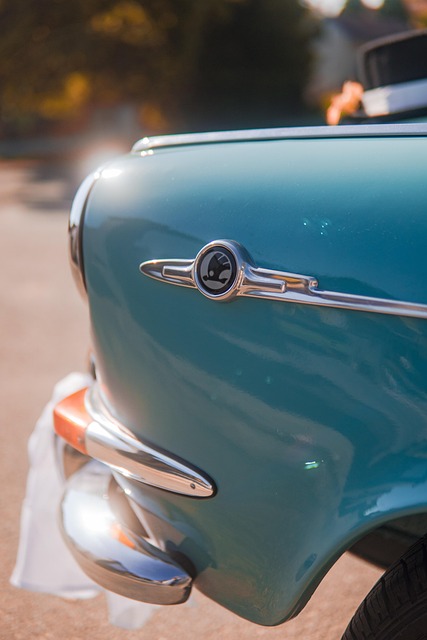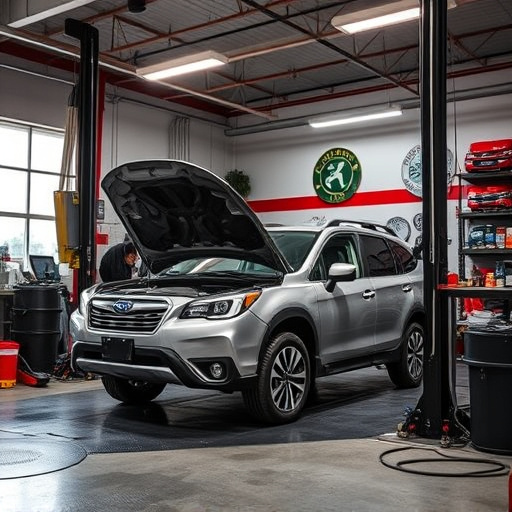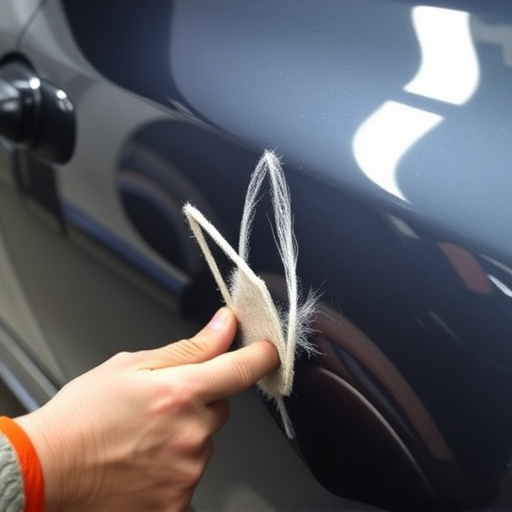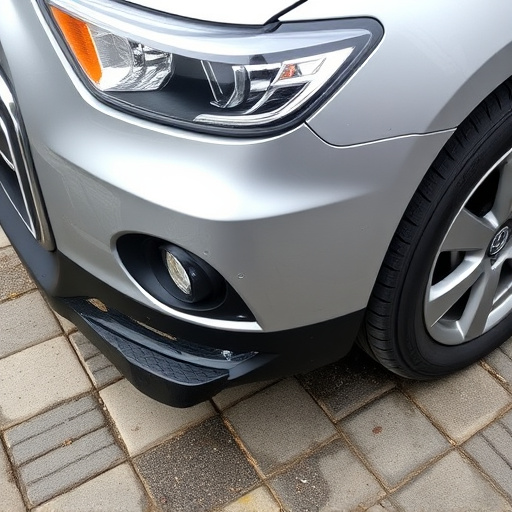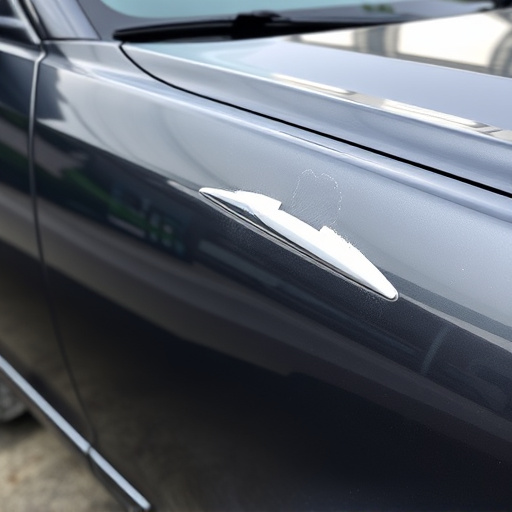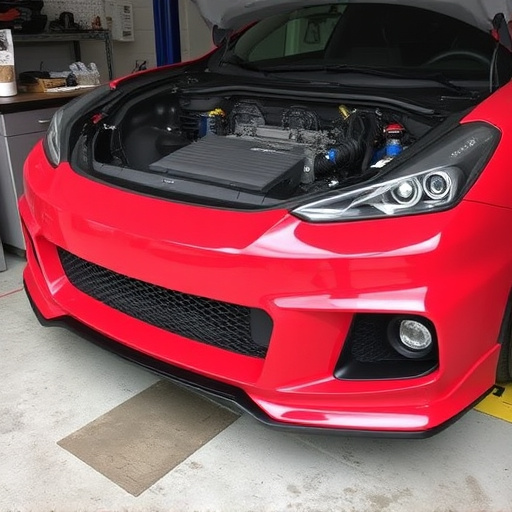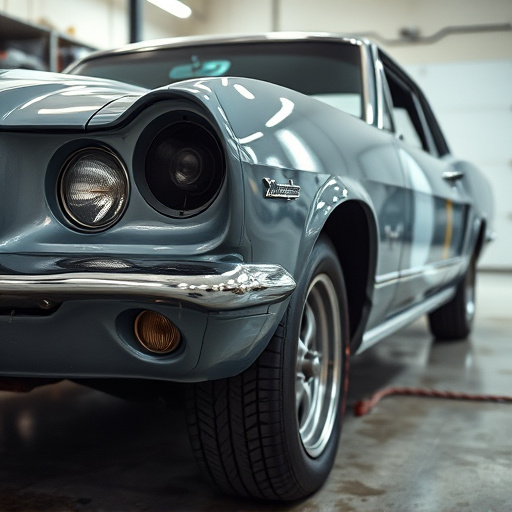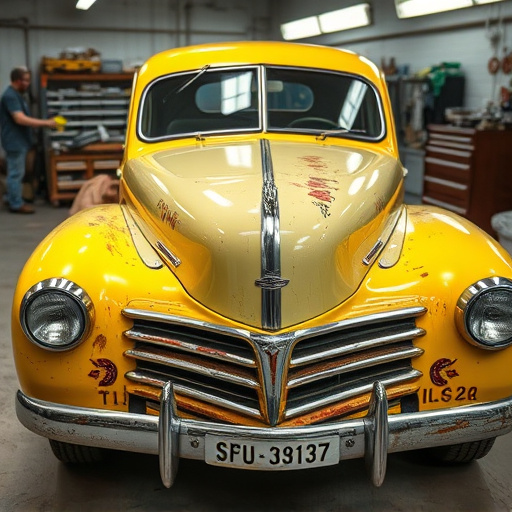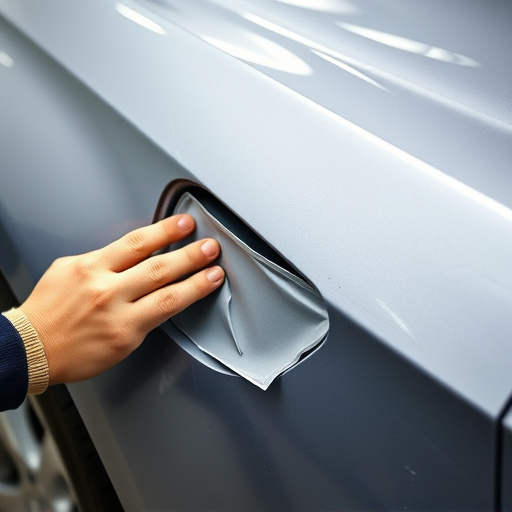Selecting the right seam sealer is crucial for protecting aluminum and steel panels in industrial or automotive settings. Silicones offer flexibility and temperature resistance, ideal for curves, while polyurethanes provide strong adhesion and durability. Choosing a sealer involves considering environmental factors like UV exposure and panel movement. Proper preparation, including cleaning, sanding, and drying, enhances sealing. Application techniques, such as airless spraying, and adequate curing times ensure durable results. Meticulous cleaning, suitable application methods, and high-quality sealers guarantee long-lasting protection for panels in various applications.
In the realm of construction and fabrication, achieving robust seals on aluminum and steel panels is paramount. This article delves into the art of seam sealer techniques, a crucial aspect for ensuring structural integrity and longevity. We explore various seam sealer types tailored for these materials, detailing preparation steps to optimize sealing results. Furthermore, we provide practical application techniques, emphasizing best practices for durability.
- Understanding Seam Sealer Types for Aluminum and Steel
- Preparation Steps for Optimal Sealing Results
- Application Techniques for Longevity and Durability
Understanding Seam Sealer Types for Aluminum and Steel
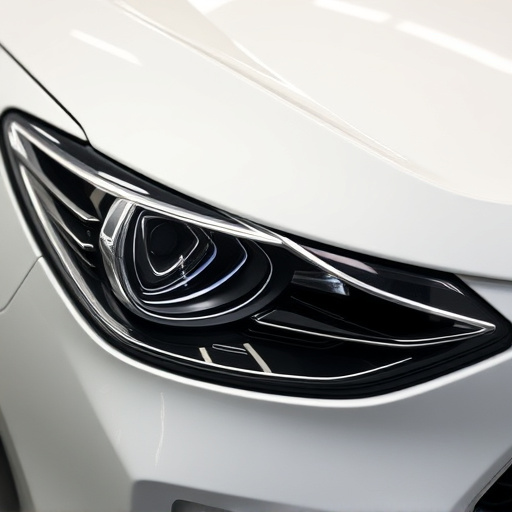
When it comes to sealing seams on aluminum and steel panels, whether for industrial applications or automotive repairs in a collision repair shop, understanding the types of seam sealers is key. Different materials require specific sealers to ensure long-lasting protection against moisture, corrosion, and environmental factors. For instance, silicones are popular choices for both metals due to their flexibility and resistance to extreme temperatures, making them ideal for autobody repairs involving curved surfaces. On the other hand, polyurethanes offer excellent adhesion and durability, making them suitable for tighter seams in structural applications.
Choosing the right sealer involves considering factors like temperature ranges, UV exposure, and expected movement of the panels. In automotive body repair, a seamless and robust seal is crucial not just for aesthetics but also for structural integrity. Proper application techniques, including surface preparation and curing conditions, directly impact the effectiveness of the seam sealer. Thus, understanding these nuances ensures that vehicles undergoing collision repair are restored to their pre-accident condition, maintaining both safety and longevity.
Preparation Steps for Optimal Sealing Results

Before applying any seam sealer, proper preparation is key to achieving optimal sealing results. The surface of aluminum and steel panels must be thoroughly cleaned to remove any grease, dirt, or debris. This can be done using a degreaser or solvent, ensuring that all areas to be sealed are free from contaminants. It’s equally important to check for any existing damage, such as dents or scratches, which could impede the sealer’s adhesion. For instance, car dent repair techniques like patching and painting might be necessary before sealing in cases of hail damage repair or automotive collision repair.
Once the panels are ready, it’s crucial to dry them completely. Moisture can prevent the sealer from forming a strong bond, so using a desiccant or ensuring low humidity conditions is essential. Additionally, sanding the surface lightly can help create a rougher texture, increasing the mechanical lock between the sealer and metal, which is particularly beneficial for exterior applications where panels are exposed to various weather conditions.
Application Techniques for Longevity and Durability
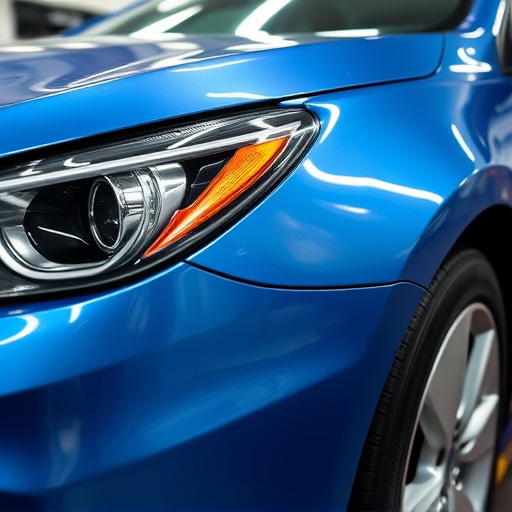
When applying a seam sealer to aluminum and steel panels, proper technique is paramount for achieving longevity and durability. The first step involves thorough cleaning and preparation of the panel surfaces, removing any debris or contaminants that could impede the sealer’s bond. This includes scraping off loose paint or rust and using a degreaser to ensure a clean slate.
Next, the choice of application method is crucial. While brushing and rolling are common techniques, for large panels or complex shapes, airless spraying offers precise control and even coverage. After applying the sealer, it’s essential to allow adequate curing time before subjecting the panel to any stress, such as bending or cutting. Proper technique, along with high-quality seam sealers, ensures that the finished product—whether for an auto body (like a Mercedes Benz repair) or other structural application—will withstand the tests of time and environmental conditions, similar to how a well-crafted auto glass repair enhances collision center operations.
Seam sealing aluminum and steel panels is a crucial process for ensuring structural integrity and longevity. By understanding different seam sealer types, preparing surfaces meticulously, and employing effective application techniques, you can achieve robust bonds that withstand the elements. This article has outlined essential steps in the sealing process, empowering professionals to select the right materials and methods for optimal results. Remember, a well-sealed joint is the foundation of any sturdy construction, making proper seam sealer techniques an indispensable skill in the industry.


